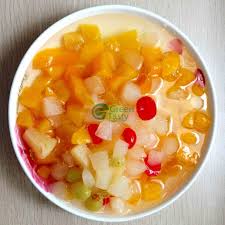The Biggest Problem For SMBs.
Small businesses need to think small but they don’t. Retail businesses tend to focus more, though not all of them. (A friend started up a deli and hedged his bet by putting in pizza oven.) Business-to-business organizations are notorious for lacking focus. The easiest way to see this is to visit their websites. Sometimes you can read the home page and the About Section and still can’t tell what they do. What the hell does a “collaboration company” sell? How about a “communications company?” These descriptors suffer from broad taxonomy.
The opposite of the too-broad-to-be-meaningful approach is the “10 pound bag” approach. Rather than focus, these SMBs over-focus, over-explain. So a benefits company also becomes a financial services, wealth management, property and casualty coverage and retirement and executive plan company.
The anecdote to this is what I call the Is-Does. What a company Is and what it Does. One simple statement of product and benefit. If you can’t get your Is-Does right, you need to find someone who can. And don’t expect a web development company to do it. Or an SEO company. They get paid by the pixel. They make more money the less articulate you are.
Focus and articulation is a small or mid-size company’s best friend. Especially on the web. Insert your Yogi Berra quote hear. Get the Is-Does right and you have a great beginning.
Peace.



